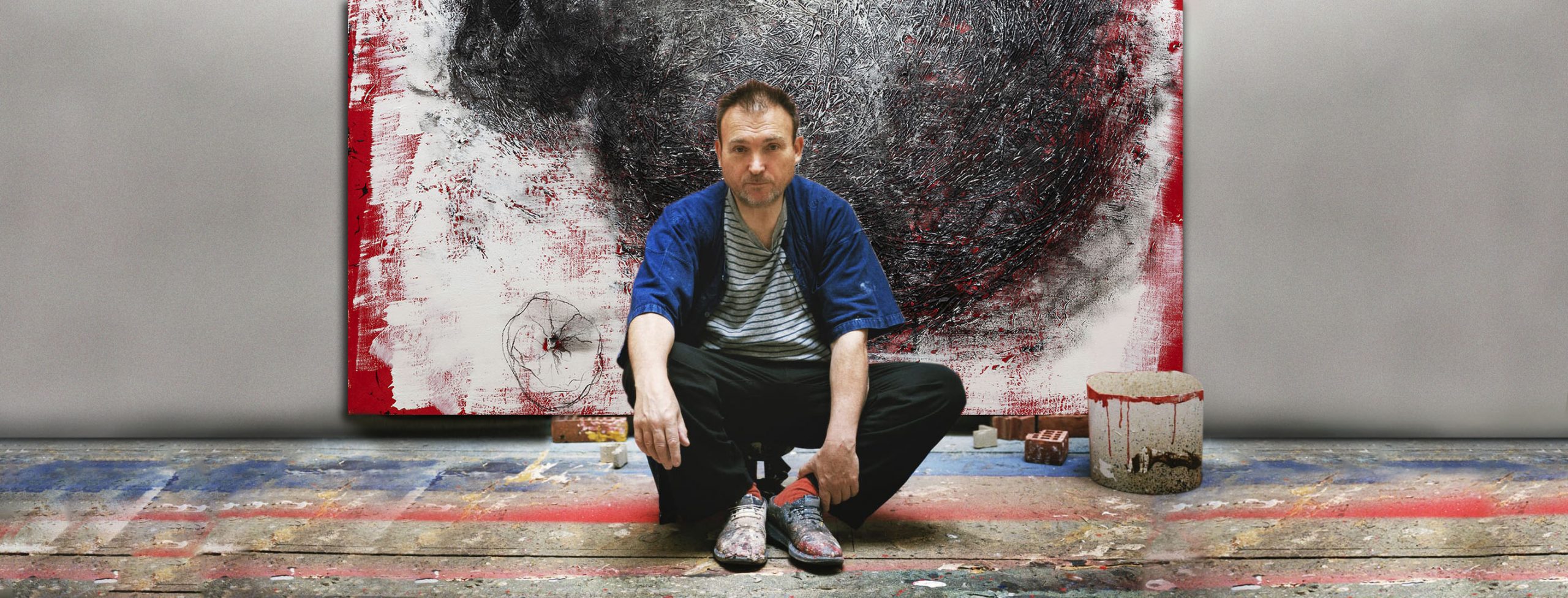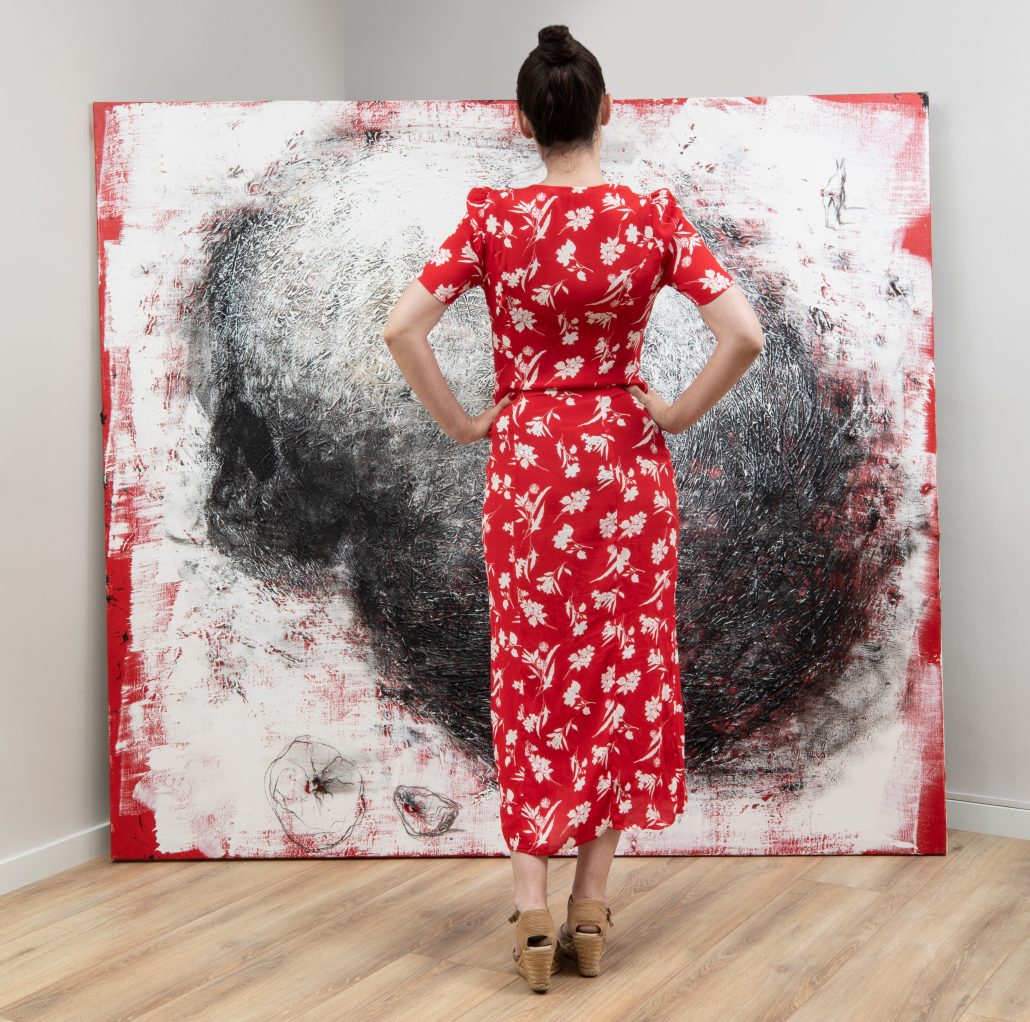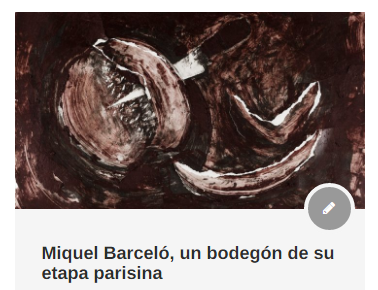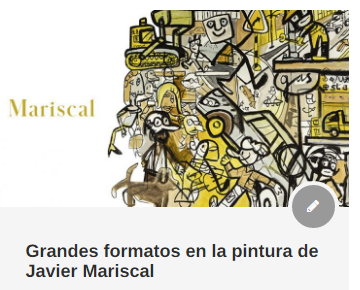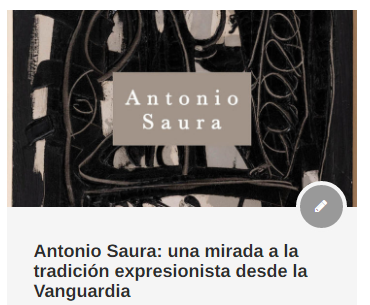The visceral creativity of Miquel Barceló
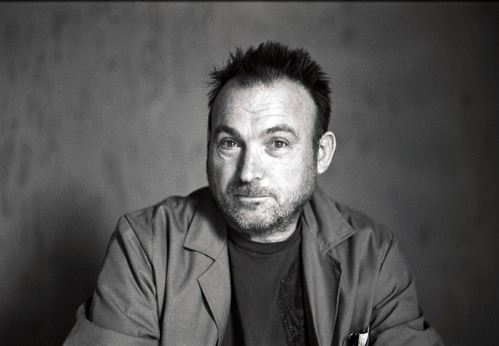
Miquel Barceló rose in 2011 as the best-priced living Spanish artist at auction. In fact, the resounding success that he achieved from the beginning led him to be compared with established artists such as Dalí, Miró or Picasso in part, thanks to the impact and repercussion that his work aroused among the new generations of artists.
Since his participation in 1982 in the prestigious Dokumenta in Kassel, his work became synonymous with admiration and prestige. But despite suddenly reaching stardom, Barceló has been able to keep that creative drive constantly boiling, which, far from dying of success, has led him to constantly reinvent himself. After 4 decades of experience, the most universal Mallorcan artist continues to explore new paths and forms of expression moved by the same instinct and vital need that he manifested from the beginning:
“I can get rid of everything if I have a place to paint”
In this sense, for Barceló art is not a mere job, but a way of being in the world and understanding the life that the artist reflects in works such as this imposing canvas that we will present to tender on the 20th.
“Crâne à l’Âne” was part of the set of monumental paintings and sculptures that the artist produced for the exhibition that he inaugurated in 2007 at the legendary Ivon Lambert gallery in Paris. In fact, the collaboration with the French gallery owner was one of the longest and most fruitful of his career. Since he traveled to Paris in the early summer of 1983, Barceló has settled in the Bastille district and has produced most of the works that that same year he would exhibit at the French gallery. From this exhibition, Barceló made his way into the international artistic circuit, he will meet Bruno Bischofberger who will end up becoming the great international dealer of the artist and in whose gallery the work that concerns us will also be exhibited.
The series of still lifes that Barceló developed for this exhibition reveal various themes and iconographic motifs that have been recurrent throughout his career. As the artist himself affirms, his painting tells us about life and death, that inseparable pairing that Barceló confronts us with with a visceral, almost primitive creativity and expressiveness.
In this case, the huge skull that occupies almost the entire surface, turns its back on us, reminding us of the inexorable fate that awaits us. Under a strong material load of a dense and thick palette, Barceló invites us to reflect on death and the transience of time expressed here from an organic and primitive perspective. In this vision that the artist gives us, it is very likely that the visit to the Chauvet cave was decisive, where a year before, he was able to see the oldest known cave paintings. Next to the large skull, a small donkey also appears from the back, the meaning of which admits two complementary readings. On the one hand, this animal is associated with the wild nature of the environment in which it spent its childhood in Felanitx while, according to tradition, it represents the very nature of this world that advances in a continuous resurgence.
All his work, as personal as it is complex, is impossible to classify in any creative school. However, a common thread gives coherence to his entire artistic corpus: nature as the primeval source of his eternal inspiration.

